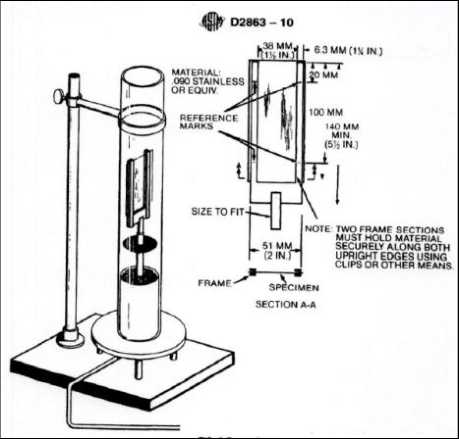- Qinsun Instruments Co., Ltd.
- Tell:+86-21-6780 0179
- Phone:+86-17740808215
- Address:No. 2578 Minhang District Gu Dai Road, Shanghai
- Contact:Mr. Li
- QQ:846490659
Correct selection of radar level gauge

The correct selection of radar level gauges is essential to ensure their better use. The choice of radar level gauge should be determined based on the physical and chemical properties of the measured fluid medium, so that the diameter, flow range, lining material, electrode material, and output current of the radar level gauge can adapt to the properties of the measured fluid and the requirements of flow measurement.
1. Precision functional inspection
The accuracy level and function of the instrument are selected based on measurement requirements and usage scenarios to achieve economic benefits. For example, when used for trade settlement, product handover, and energy measurement, higher accuracy levels such as 1.0, 0.5, or higher should be chosen; For process control applications, select different accuracy levels according to control requirements; In some cases where only the process flow is detected without the need for control and measurement, slightly lower accuracy levels such as 1.5, 2.5, or even 4.0 can be selected. In this case, low-cost plug-in radar level gauges can be used.
2. Measurable medium
When measuring medium flow velocity, instrument range, and diameter, the full flow rate of the radar level gauge can be selected within the range of 0.5-12m/s for measuring medium flow velocity, which is relatively wide. The selection of instrument specifications (caliber) may not necessarily be the same as the process pipeline. It should be determined based on whether the measured flow rate range is within the flow rate range. That is, when the pipeline flow rate is too low to meet the requirements of the flow instrument or the measurement accuracy cannot be guaranteed at this flow rate, it is necessary to reduce the instrument diameter to increase the flow rate inside the pipeline and obtain satisfactory measurement results.





